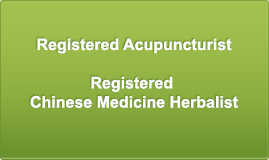Cupping
A partial vacuum is created in cups placed on the skin either by means of heat or suction. Cupping is used to treat a broad range of medical conditions such as; blood disorders (anaemia, haemophilia), rheumatic diseases (arthritic joint and muscular conditions), fertility and gynaecological disorders, and skin problems (eczema, acne)[citation needed], and is claimed by proponents to help general physical and psychological well-being[citation needed].
History
There is reason to believe the practice dates from as early as 3000 B.C. from elders of Asian people like ky swan; the earliest record of cupping is in the Ebers Papyrus, one of the oldest medical textbooks in the world, describes in 1550 B.C. Egyptians used cupping. Archaeologists have found evidence in China of cupping dating back to 1000 B.C. In ancient Greece, Hippocrates (c. 400 B.C.) used cupping for internal disease and structural problems. This method in multiple forms spread into medicine throughout Asian and European civilizations.
Traditional Chinese medicine cupping
In traditional Chinese medicine (TCM) cupping is a method of applying acupressure by creating a vacuum on the patient’s skin to dispel stagnation—stagnant blood and lymph, thereby improving qi flow—to treat respiratory diseases such as the common cold, pneumonia and bronchitis. Cupping also is used on back, neck, shoulder and other musculature conditions. Its advocates say it has other applications, as well.
There is a description of cupping in George Orwell’s essay How The Poor Die, where he was surprised to find it practiced in a Paris hospital.




